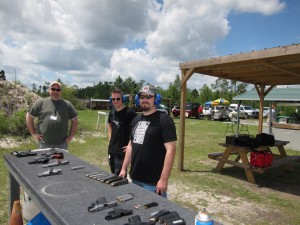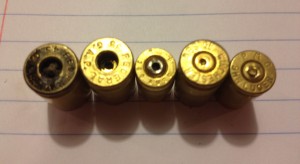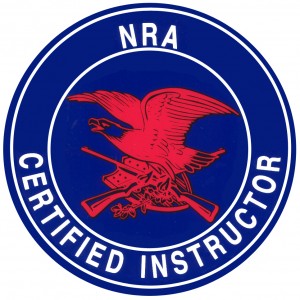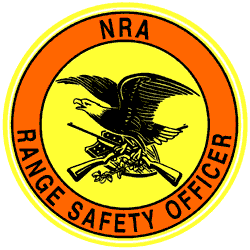Got a group together for a trip to the range, and some IDPAish intro shooting out at http://www.volusiacountygunandhuntclub.com
After the cleanup, I was happy to see this comment: “By far, the best range experience I’ve ever had”

Got a group together for a trip to the range, and some IDPAish intro shooting out at http://www.volusiacountygunandhuntclub.com
After the cleanup, I was happy to see this comment: “By far, the best range experience I’ve ever had”

Well, another night of loading messes.
Just got a shipment in from Dillon, lots of spare parts that I’ve needed. Got parts installed on the 1050 and got some loading in!
In a load of brass that came in “Cleaned and sorted” I managed to find it a little less than advertised.
In the 75 rounds I loaded tonight, I ran into 2 more 45GAPs, one of which struck and set off the primer (45GAP uses small pistol primers, and when you try to stuff a Large Pistol primer in a small pistol primer pocket, bad things happen.
Also found, hiding in 45ACP brass (that I missed) 1 380acp, 1 40sw, and one 9mm brass.

Designer Ernest Durham
Designed November 2002
Produced 2003–present
Bullet diameter .451 in (11.5 mm)
Case length .755 in (19.2 mm)
Overall length 1.070 in (27.2 mm)
The .45 G.A.P. (often called the .45 “GAP”) pistol cartridge was designed by Ernest Durham, an engineer with CCI/Speer, at the request of firearms manufacturer Glock to provide a cartridge that would equal the power of the .45 ACP but was shorter to fit in a more compact handgun, and with a stronger case head to reduce the possibility of case neck blowouts. G.A.P. is an acronym for “Glock Automatic Pistol”, and the .45 G.A.P. is the first commercially-introduced cartridge identified with Glock.
Got the whole works gummed up and lost my groove today while loading some 45acp on the RLSuper 1050. Not only is it slightly shorter, it also uses small pistol primers…. Not sure how it slipped into my brass bucket.

In my push to become more “educated” and gain credentials for more of my skills, I took a few days off work to attend some NRA classes.
Since 1871, a major objective of the National Rifle Association has been to provide education and training in the safe and proper use of firearms. Knowing how to shoot is an important requirement for NRA instructors, but you will also need to know how to teach others to shoot. NRA Instructor Training Courses help you develop the additional knowledge, skills and techniques needed to organize and teach courses in the NRA Basic Firearm Training Program.
Training Counselors will evaluate candidates’ performance based on their ability to handle the firearms with confidence, use of appropriate training aids, following the lesson plans and meeting all learning objectives, while utilizing the teaching philosophies expected of NRA Certified Instructors. Candidates can also expect to learn the NRA discipline specific instructional methods and evaluating and improving the performance of beginning shooters. Candidates will be provided with the NRA Trainer’s Guide, appropriate Lesson Plans and Outlines, Basic Course Student handbooks, certificates, basic student examinations, Winchester/NRA Marksmanship Qualification Program booklet, Basic Firearm Training Programs Brochure, Gun Safety Rules brochure, NRA Trainer’s Examination and NRA discipline specific instructor examination (minimum passing grade is 90%).

A couple Sundays ago, I spent the day at http://www.volusiacountygunandhuntclub.com/ to gain my RSO certification. This title allows me to be “the man” at the range, responsible for everything that goes on while I’m in charge. While the thought of being responsible for 40 random people shooting scares me a little, I’m sure I’ll get used to it, and with what I’ve learned in the class I have the tools I need to do it safely. It also allows me to open the range early, or keep it open later in the day. This is helpful for people that work later in the day but still like to shoot.